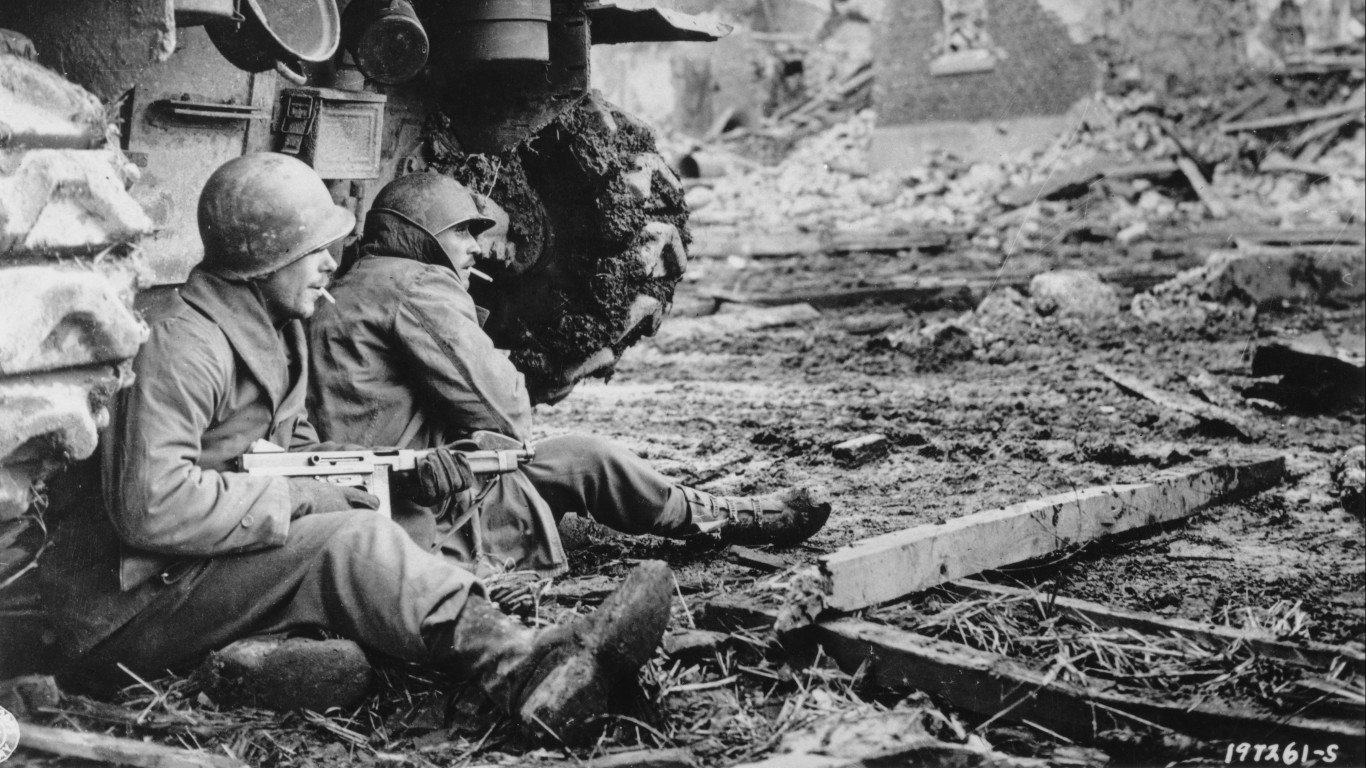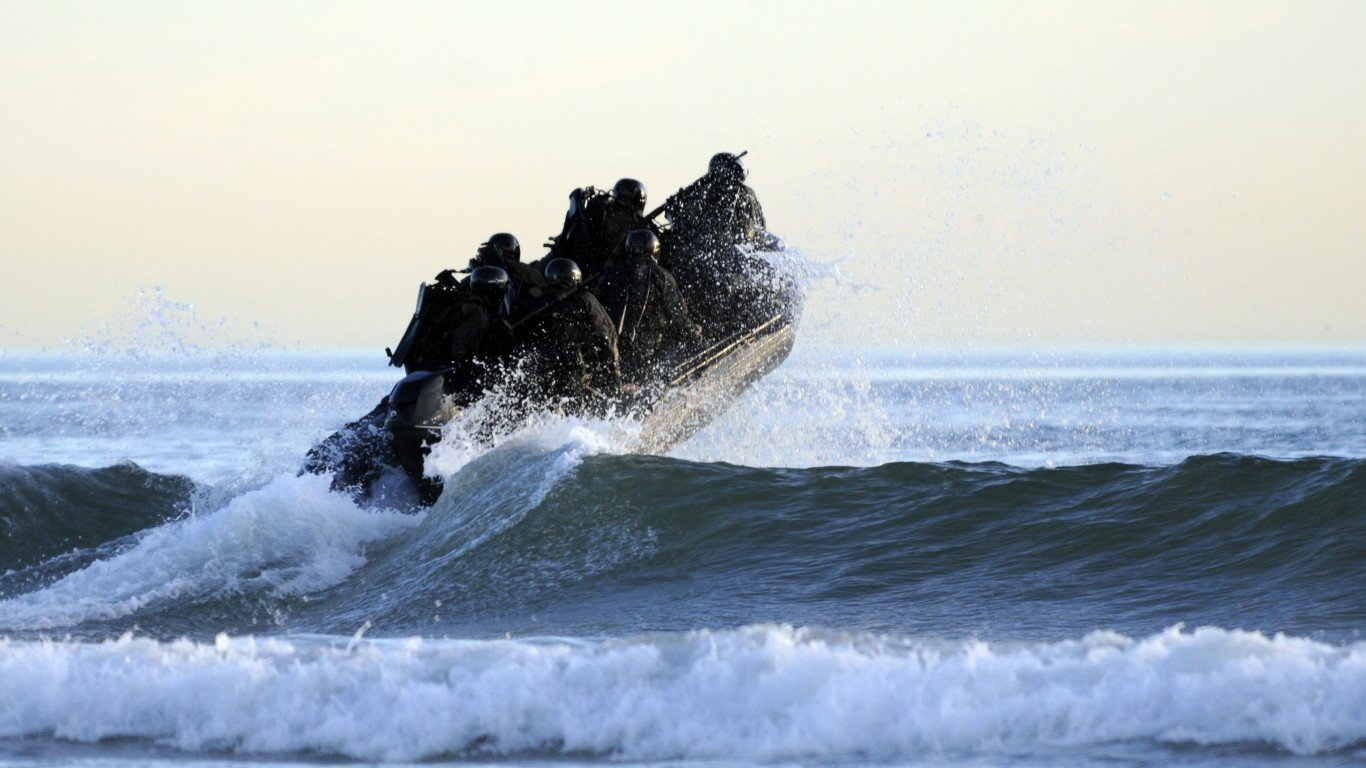

Those who choose to spend a career in military service must first have a willingness to fight, and even die, for the sake of the United States. And from basic training to the infamously brutal selection process of elite fighter schools, the training the nation’s 1.2 million active-duty servicemembers receive is reflective of the gravity of that responsibility.
Every year, thousands of American men and women begin their military service with basic training, or boot camp. The Army, Navy, Air Force, Marine Corps, and Coast Guard have their own specific basic training process, tailored to the function of the branch. (These are the states where the most Americans serve in the military.)
Of course, for some in the military, boot camp is only the beginning. Those who excel under the rigors of military life and meet certain criteria – often relating to experience, aptitude, endurance, and personal character – may choose to enroll in programs that develop the most specialized units in the military. (These are 17 of America’s most elite special forces.)
24/7 Wall St. reviewed the main components of basic training for each branch of the armed forces, as well as training programs for some of the most specialized units within each branch.
The 15 training programs on this list range in length from less than two months to well over a year. They also vary in difficulty and intensity. Some of the most exclusive training programs on this list have a completion rate of 20% or lower. Even the difficulty of basic training for new recruits varies, depending on the branch of service.
Still, for each training program on this list, applicants are advised to undergo some level of physical training before enrollment. These programs are designed to push the mental and physical limits of enlistees and troops, as well as teach and hone skill sets not commonly found in civilian life. These include training in weapons use, hand-to-hand combat, reconnaissance, outdoor survival, guerrilla warfare, and explosives to name a few.
All information in this story is sourced from government websites and military publications. It is important to note that many of the training programs are dynamic and evolve over time. Some, which often also require applicants to obtain a government security clearance, do not provide comprehensive details about their training.
Click here to see what it takes to be in 16 of America’s elite military forces.
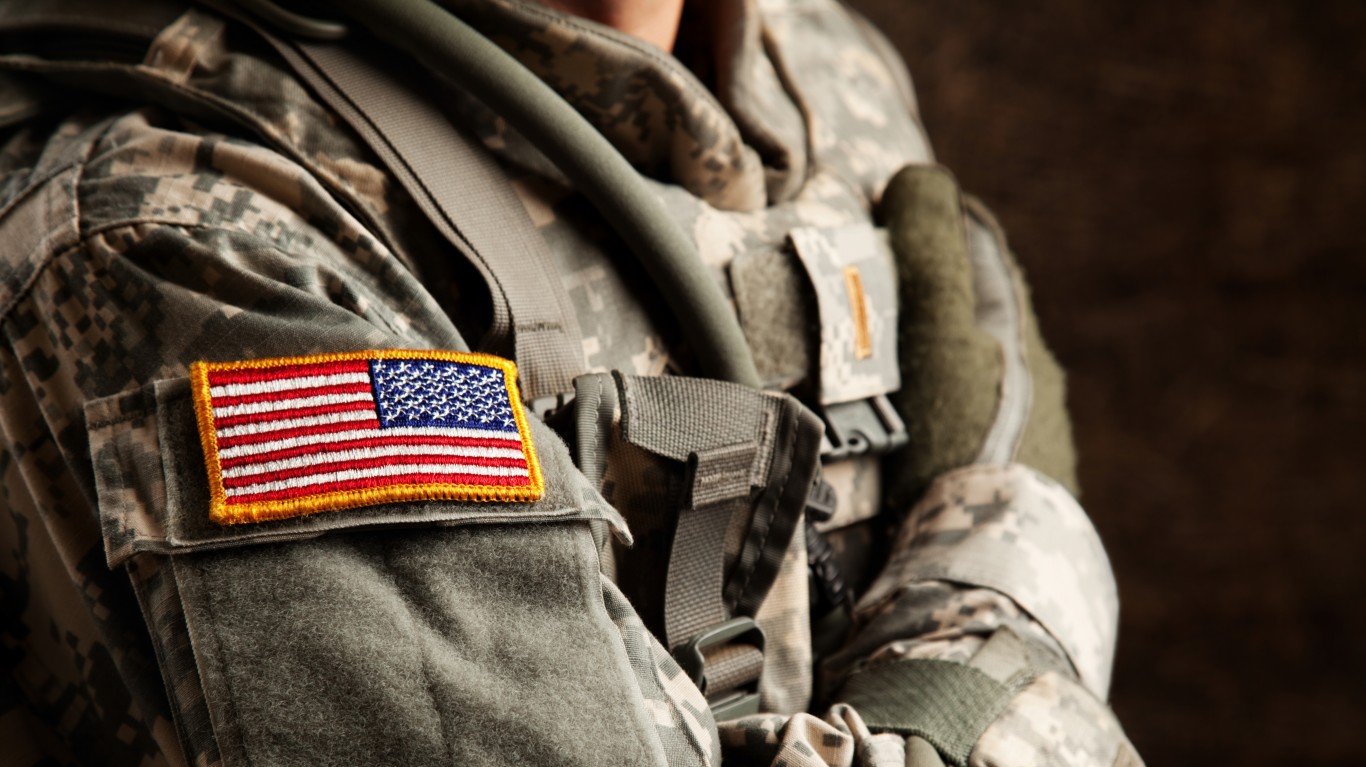
U.S. Army
> Typical duration of training: 10 weeks
The Army is the largest and oldest branch of the U.S. military, established in 1775 with approximately half a million enlisted personnel today. Army basic training typically consists of a 10 week boot camp at one of five locations: Fort Benning, Georgia, Fort Jackson, South Carolina, Fort Leonard Wood, Missouri, Fort Sill, Oklahoma, and Fort Knox, Kentucky.
Training consists of four distinct two-week phases: the Yellow Phase, in which recruits learn behavioral standards, core principles, military strategy, and first aid; Red Phase, which includes obstacle course training, rappelling exercise, and a field exercise; White Phase, which covers firearm training, hand-to-hand combat training, and a two-day, two-night field exercise; and the Blue Phase, which develops marksmanship skills, covers explosives disabling and advanced weapons training, and includes a multi-day field exercise designed to test navigation, survival, and fitness skills.
Recruits must also demonstrate a minimum level of physical fitness, measured with deadlift exercises, pushups, sprints, planks, and a 2 mile run.
[in-text-ad]
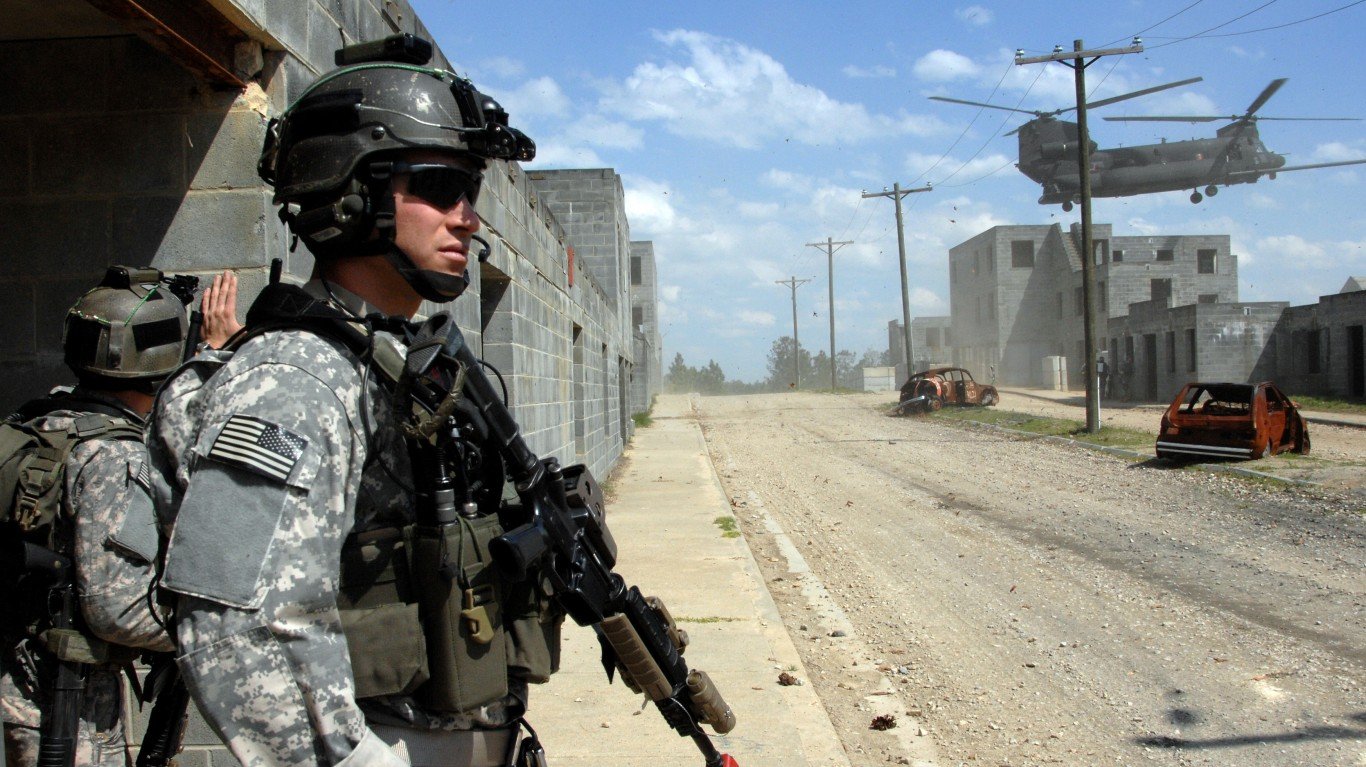
75th Ranger Regiment (Army Rangers)
> Service branch: U.S. Army
> Typical duration of training: 62 days
The basic role of the Army Rangers is to carry out raids behind enemy lines – and Army Ranger School at Fort Benning is one of the most challenging training regimens in the U.S. military. The 62-day training program is designed to push mental and physical limits. Training comprises three distinct phases: the Benning Phase, the Mountain Phase, and the Swamp Phase. Before moving on to each successive phase, students must demonstrate a mastery of specific skills learned and receive positive peer evaluations.
Benning, the first phase, lasts 21 days, and only about half of those who begin the phase are still there on the final day. On day one, aspiring Rangers must demonstrate their ability to complete 49 pushups, 59 sit-ups, six chin-ups, and a 5-mile run in under 40 minutes. In the following days, they are tested on basic navigation and soldiering skills and must complete an obstacle course known as the “worm pit” and complete a 12 mile march with a 47 pound pack. Less than half of the class typically moves past these challenges. Those who do, participate in battle drills and complete additional obstacle courses.
In the Mountain Phase, troops are trained and tested for the rigors of combat in mountainous terrain at Camp Frank D. Merrill near Dahlonega, Georgia. The program includes rope management and the fundamentals of rappelling and hauling gear up and down mountainsides and partaking in simulated combat scenarios – all while managing physical and mental fatigue, hunger, and often extreme weather.
The final Swamp Phase takes place at Camp Rudder in Eglin Air Force Base, Florida. Here, students are instructed in waterborne operations and are tested with a 10-day patrol simulation that incorporates raids, ambushes, and urban assaults. Those who make the cut move back to Fort Benning for graduation.
Special Forces (Green Berets)
> Service branch: U.S. Army
> Typical duration of training: 53 – 95 weeks
Green Berets are tasked with taking on terrorist threats in stealth, guerrilla style operations in foreign countries and are trained to be effective in a range of environments, including cities, jungles, and deserts. Green Beret training lasts over a year and begins with a rigorous six-week Special Forces Preparation Course, which focuses on physical conditioning and navigation skills. In the following three weeks, aspiring Green Berets are put through rigorous physical and mental testing to determine whether or not they would be successful candidates.
Those who clear the initial phases move on to the Qualification Course, which is broken down into six sections that focus on developing specific skills, including learning an assigned language. The course culminates with Robin Sage – a guerrilla warfare exercise spanning 15 counties in North Carolina and involving hundreds of role players. Upon completion, newly minted Green Berets move on to six months of language and culture training and hone skills in specific areas of expertise.
For those who are qualified and are considering enrolling in Green Beret training, experts advise preparing a physical training regimine. Recommended workouts include swimming up to 2,000 meters two-three times a week, running between 3 and 5 miles as fast as possible four to five times a week, marching with a 50 pound pack for 5-15 miles twice a week, and 75 to 100 pull-ups, 200 to 300 push-ups, and 200 to 300 sit-ups every other day.
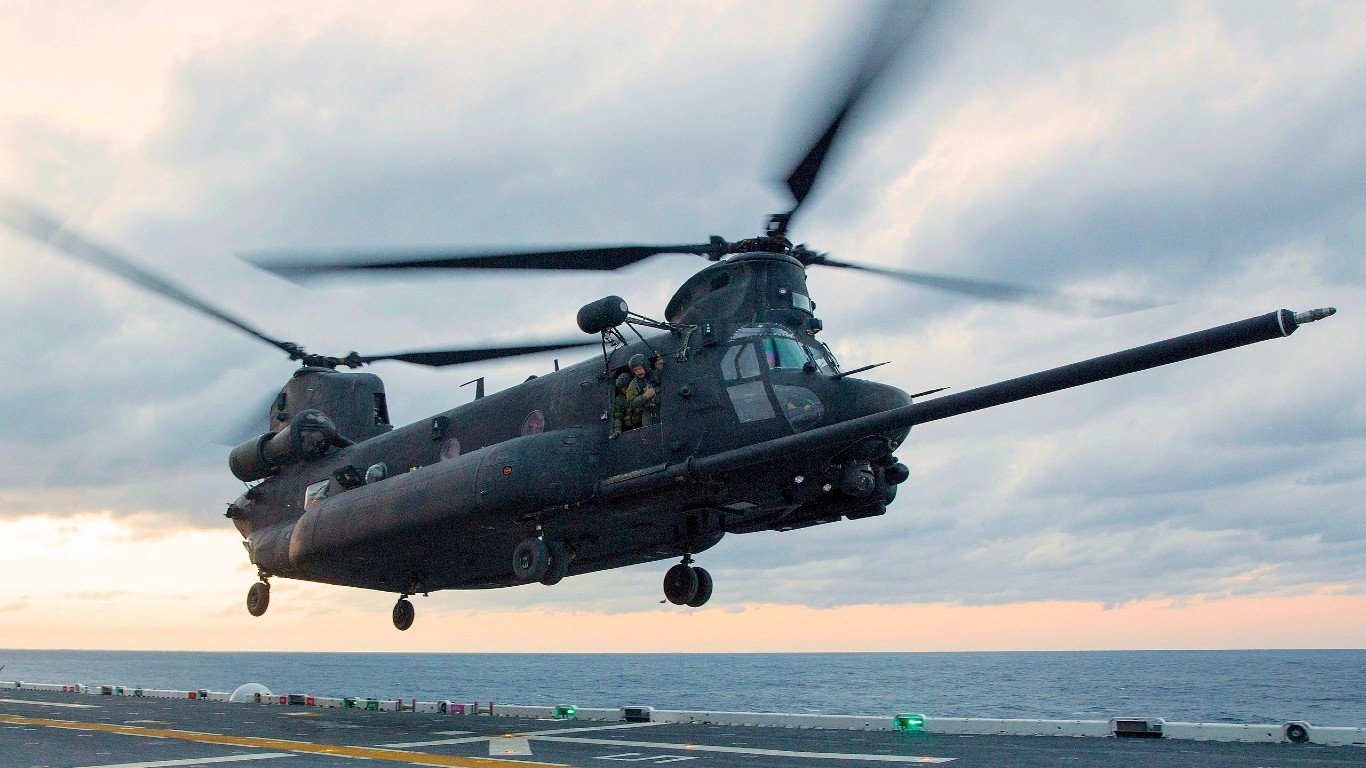
SOAR – 160th Special Operations Aviation Unit (Night Stalkers)
> Service branch: U.S. Army
> Typical duration of training: 6 weeks for enlistees, 27 weeks for officers
The 160th Special Operations Aviation Unit, or SOAR, colloquially known as the Night Stalkers, serves as the aviation unit for special operations. These highly trained helicopter pilots fly modified Black Hawk, Chinook, and Little Bird helicopters into hostile territory, often to transport Navy SEALS and Delta Force teams, and they are said to be able to engage a target anywhere in the world within a 30 second window.
Minimum qualifications for those applying to join the Night Stalkers include having a Military Occupation Specialty, typically in aviation, the ability to obtain a government security clearance, be financially stable, and physically fit and successfully complete a one-week vetting process that examines flight skills, character, psychology, and demeanor – though these requirements vary for officers and enlistees. Those who meet established qualifications go on to a six-week training course in Fort Campbell, Kentucky known as Green Platoon, which covers combat, weapons, and water survival training. Green Platoon is both physically and mentally demanding.
Pilots with the Night Stalkers go on to train for several more months to develop skills for flying low over a range of varying terrain, aerial refueling, shipboard deck landing, and aerial refueling. About 60% of enlistees make it through the six week training course, and only 30%-35% of officers make it through the multiple month training course.
[in-text-ad-2]
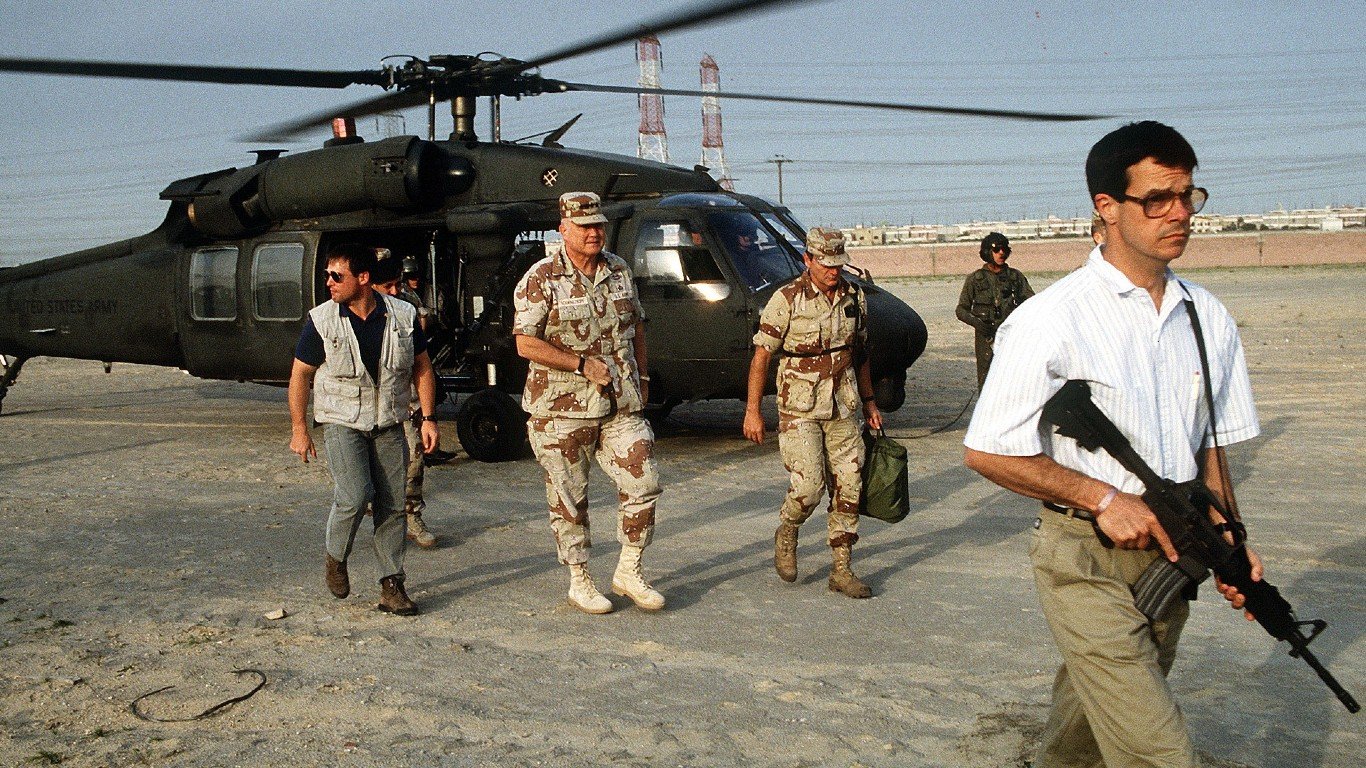
1st Special Forces Operational Detachment-Delta (Delta Force)
> Service branch: U.S. Army
> Typical duration of training: About 6 months
Delta Force, though administratively a part of the Army, is effectively controlled by the Joint Special Operations Command, or JSOC. They are an elite unit that often operates with directions from the highest levels of government to carry out a range of operations, including direct action, counterterrorism, hostage rescue, and reconnaissance.
Delta Force members must be airborne qualified and are typically recruited directly from the 75th Ranger Regiment and the Green Berets. The secret nature of the work of Delta Force extends all the way down to training, though some aspects of the process are known – including a solitary, timed 40-mile march with a 45 pound pack that must be completed within an undisclosed time limit – as well as an all-night 18 mile navigation course with a 40 pound pack.
In addition to rigorous physical challenges, Delta Force training is also designed to test mental limits. Candidates are evaluated by review boards, psychologists, and the Delta Force commander. They are barraged with questions, and their answers are subject to exhaustive analysis designed to test mental stamina. Only about 10% of those who start Delta Force training make it through this first phase – and those who do face an additional six months in the Operator Training Course, or OTC.
In OTC, candidates have little or no contact with friends or family and are trained in advanced marksmanship, from long-range sniper shots to hitting moving targets without traditional aiming techniques. They are also taught how to build improvised explosives, rescue hostages, conduct espionage, and conduct high-risk driving maneuvers. OTC culminates with an exercise designed to test everything covered in training.
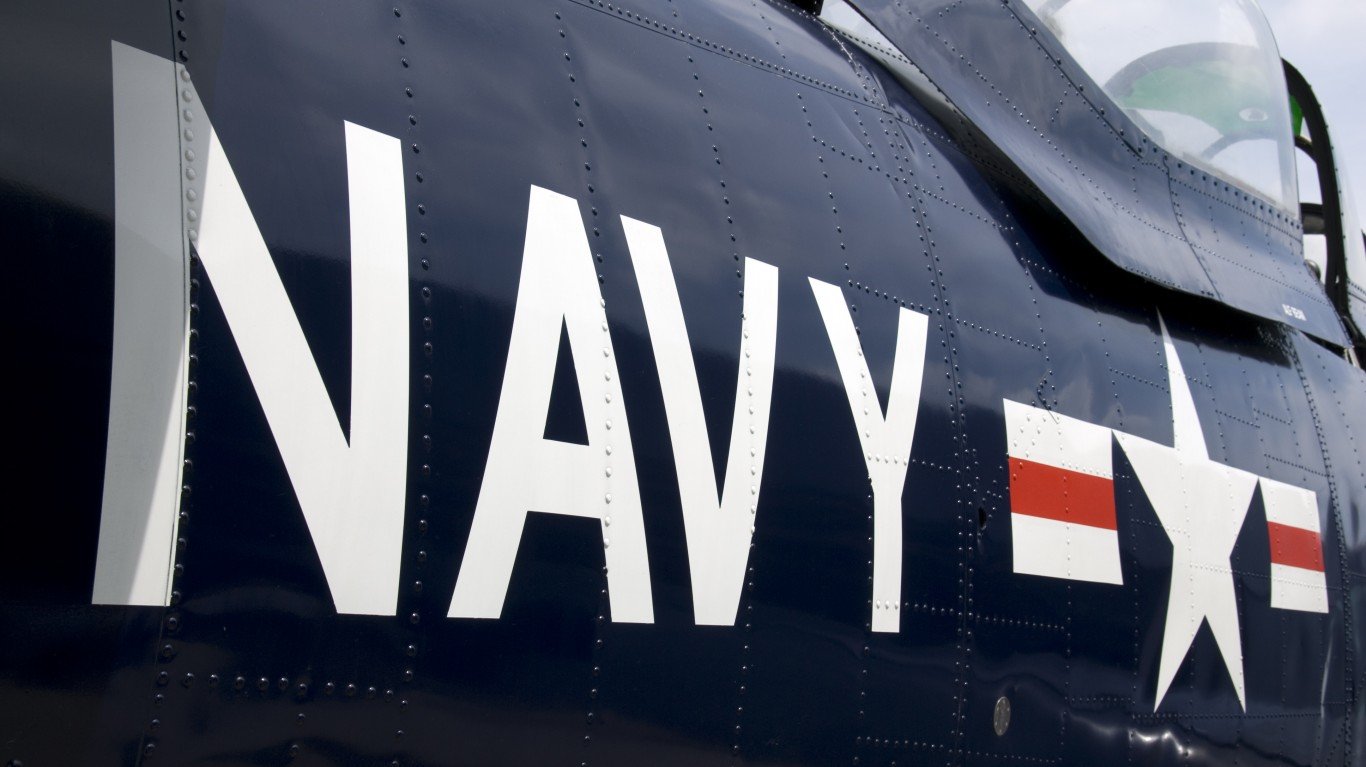
U.S. Navy
> Typical duration of training: 10 weeks
Basic training for Navy recruits is designed to turn civilians into sailors over the course of a 10 week program – recently lengthened from eight weeks – at the Naval Station Great Lakes in Illinois. After the initial week of processing and rigorous physical conditioning, recruits have a week of academic testing and team-building exercises, including emergency shipboarding and use of lifesaving equipment in the water.
In the third week, aspiring sailors are instructed in knot tying, first aid training, and physical conditioning. During week four, physical training and readiness continues with sit-ups, push-ups, running, and swimming – in addition to firearms training and more academic testing. In weeks five and six, recuits undergo anti-terrorism, firefighting, and computer traiining, as well as more physical conditioning exercises and testing.
In week seven, recruits spend time in the classroom learning more skills before partaking in Basic Training: Battle Stations, a high-stress 12-hour simulation that tests everything covered so far, including swimming, survival training, teamwork, damage control, and rescue abilities. Week eight includes more classroom time and physical training.
Beginning in 2022, an additional two weeks have been added to basic training in order to incorporate more mentorship, life skills training, and personal and professional development.
[in-text-ad]

Sea, Air, and Land Teams (SEALs)
> Service branch: U.S. Navy
> Typical duration of training: 12+ months
Navy SEAL training is among the most mentally and physically demanding programs in the U.S. military. The process takes over 12 months and weeds out about 75%-80% of sailors who enter it. Those who are admitted into SEAL training must meet a list of basic requirements related to physical fitness, mental aptitude, and age. The first stage of training is a two-month program at the Naval Special Warfare Preparatory School in Coronado, California, that focuses on improving physical fitness and mental toughness. At the end of the prep phase, candidates must be able to swim 1,000 yards in under 20 minutes, complete a 4-mile run in under 31 minutes, do 70 pushups, 60 curl ups, and 10 pullups, each in under two minutes.
In the second phase, aspiring SEALs spend three weeks in Naval Special Warfare Orientation improving swimming skills, completing obstacle courses, and developing teamwork ability and perseverance – all while being evaluated on character and integrity. Those who progress to phase three face a daunting seven weeks of intense physical training that culminates in what is known as Hell Week in which sailors reportedly get only four hours of sleep total over a five and a half day period, running over 200 miles.
Phase five is a seven-week period that focuses on combat diving, which is followed by three and half weeks of land warfare training. The final phase, SEAL Qualification Training, is the longest, at 26 weeks, and focuses on weapons, demolition, medical, cold weather, and tactics training. Newly minted SEALs are then assigned to a SEAL team where they spend at least a year preparing for deployment.
SEAL training is not only rigorous, but also dangerous. According to an investigation by the New York Times, at least 11 people have died in the program since 1953.
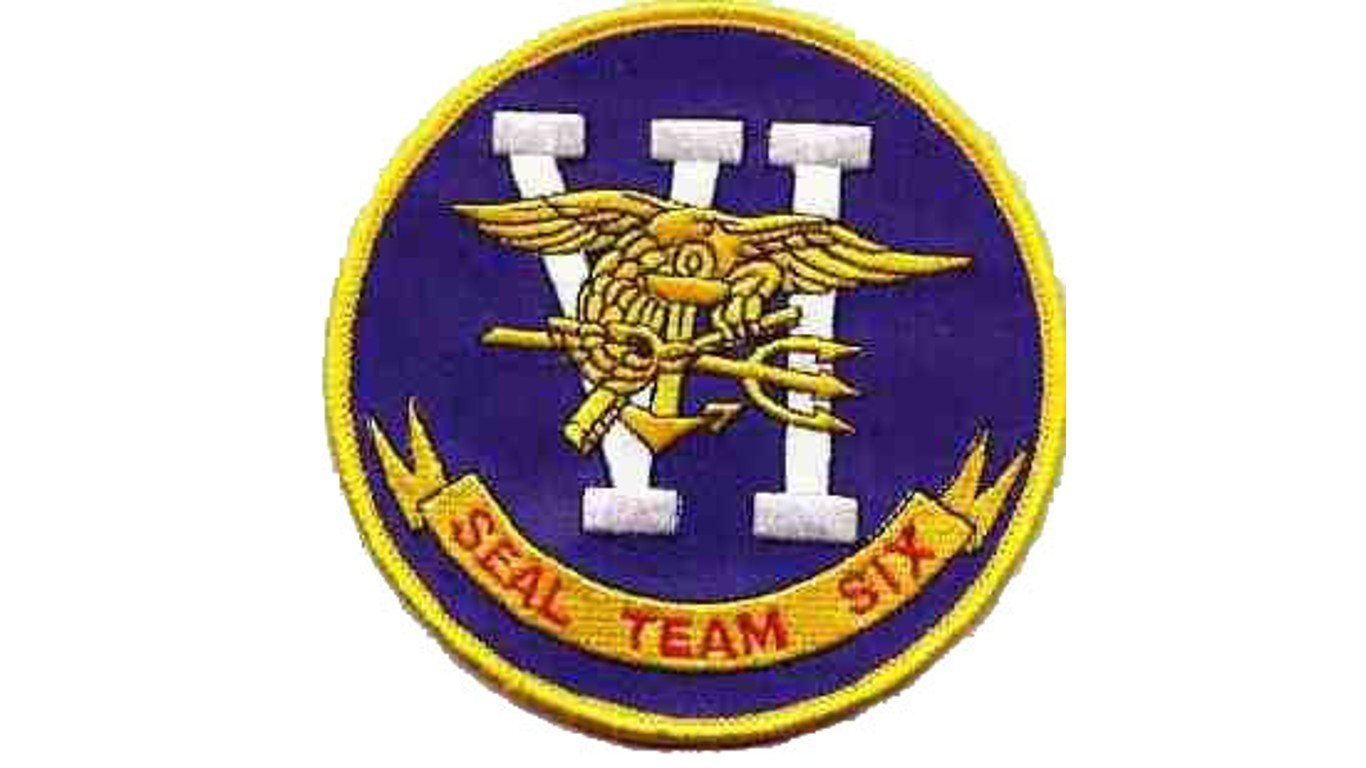
DEVGRU – US Naval Special Warfare Development Group (SEAL Team 6)
> Service branch: U.S. Navy
> Typical duration of training: 6 – 8 months
DEVGRU, the U.S. Navy component of Joint Special Operations Command, or JSOC, is an elite counterterrorism unit. All members of DEVGRU, or SEAL Team 6, must have a background of at least five-years as a Navy SEAL and have served in at least two deployments. Candidates must also meet stringent physical fitness requirements, the specifics of which are not publicly available. DEVGRU hopefuls face questioning by a board of senior officers related to their home and family life, military experience, personal finances, and alcohol consumption.
Those who are determined to be eligible for DEVGRU training face a six to eight month course divided into three phases – the first of which is Close Quarters Battle Training, which involves high-pressure shooting scenarios at close distances. Candidates are tested on reflexes and split-second judgment and are penalized for even slight mistakes with physical exercises.
Phase two is Advanced Skydiving Training, where SEALs jump from high-altitude aircraft and open their parachutes at low-altitudes. These maneuvers require supplemental oxygen use and land them miles from their target to allow for a silent approach. The third and final phase is known as Survival, Evasion, Resistance, and Escape Training, or SERE, which trains SEALs to survive with limited resources behind enemy lines for an indefinite period, while evading, resisting, and escaping capture.
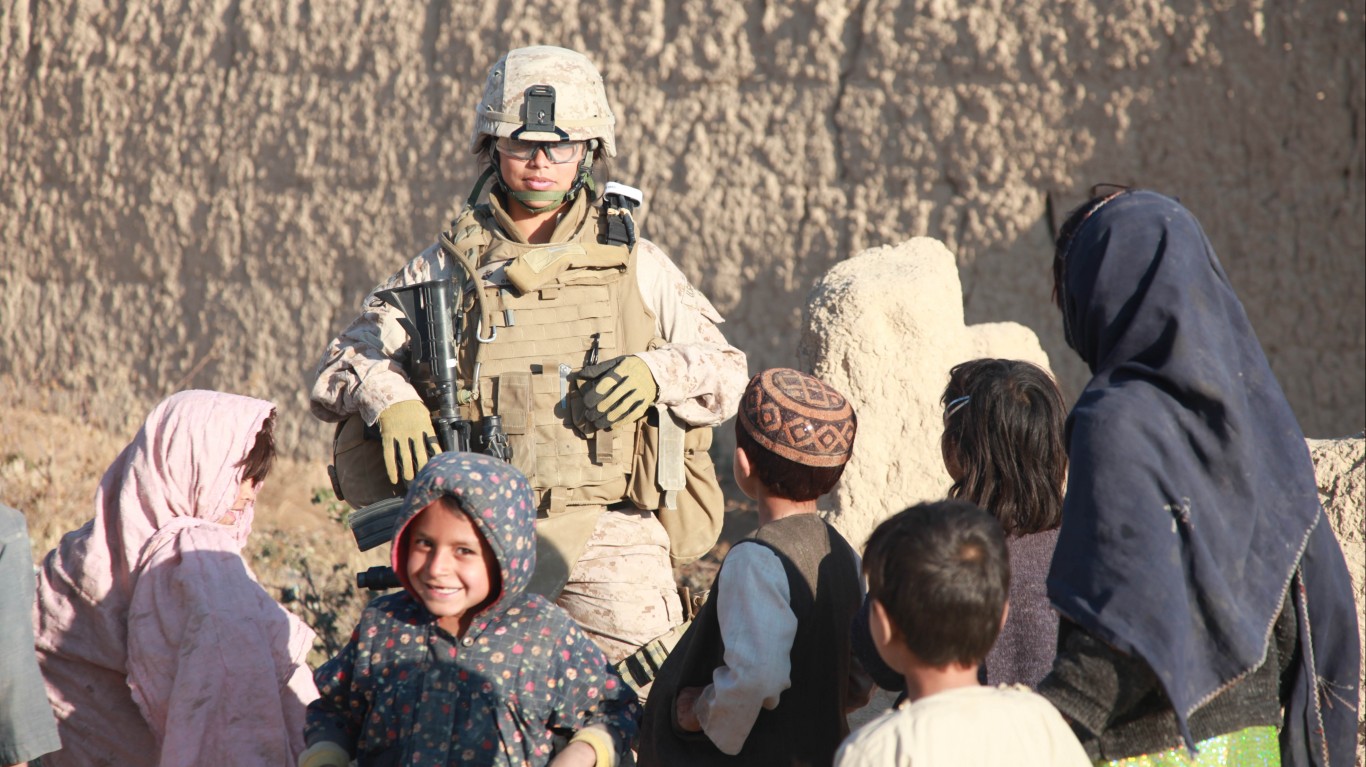
U.S. Marine Corps
> Typical duration of training: 13 weeks
The Marine Corps is an expeditionary force that typically serves as the tip of the spear for American military operations. They are often the first units on the ground and clear the way for the U.S. Army to establish a foothold. Perhaps not surprisingly, the Marine Corps is said to have the most difficult basic training of all branches in the U.S. military – characterized by sleep deprivation, food rationing, rigorous marches, and other scenarios designed to test mental and physical limits.
The 13-week Marine boot camp takes place either in Parris Island, South Carolina, or San Diego, California, and is split into several phases. The first phase involves intense physical tests, and instruction in weapons safety, and Marine Corps history. In the second phase, the intensity of training and challenges are dialed up. Aspiring Marines also undergo water combat survival and martial arts training as well as combat conditioning.
In phase three, recruits undergo training in marksmanship and field skills. They also undergo what is known as The Crucible, a 54-hour field event designed to test the knowledge and skills they have acquired with minimal food and sleep. In phase four, the new Marines complete final exams and administrative tasks before graduating.
[in-text-ad-2]
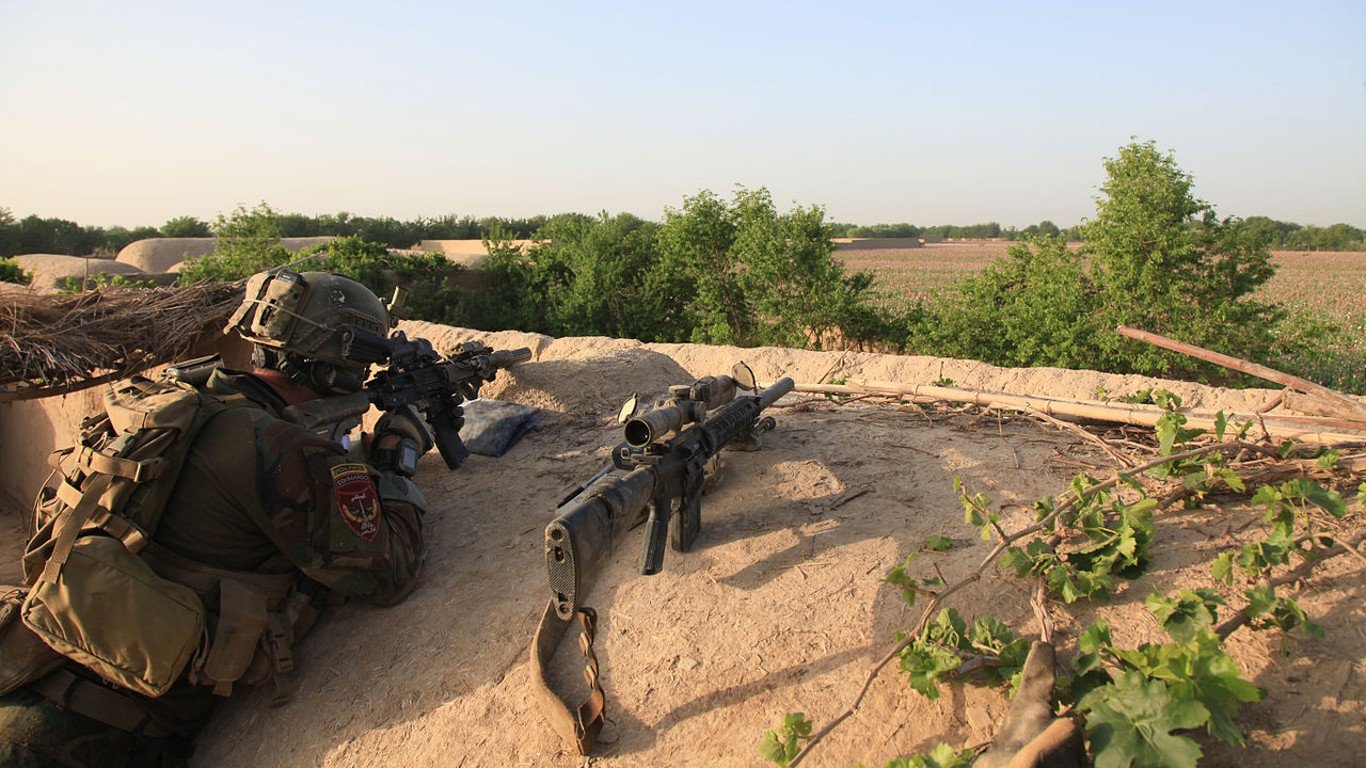
Raiders
> Service branch: U.S. Marine Corps
> Typical duration of training: About 11 months
Marine Raiders are an elite group of Marines with high levels of specialization and at least three years of experience in the Corps who are assigned missions from the U.S. Special Operations Command. Raiders must complete a multi-month program in the Marine Corps Forces Special Operations Command, or MARSOC.
The assessment and selection process of MARSOC consists of two phases. In the first, Marines are tested with physically and mentally demanding exercises, including marches, swimming tests, and other drills over a three-week period at Camp Lejeune, North Carolina. This is followed by a second three-week period in which Marines are observed and evaluated for certain qualities and personality traits.
Those who make it through assessment and selection are enrolled in a nine month individual training course, or ITC. In the first 10 weeks of ITC, Marines instructed in a specific set of skills, including Survival, Evasion, Resistance, and Escape Training, or SERE, as well as fire support training. This is followed by an eight-week program that provides training in small boats, scouting, reconnaissance, and demolition. In the following five weeks, Marines are trained in close quarter battle, learning tactics and marksmanship with firearms to conduct raids in multiple environments.
In the final seven week phase, Marines are instructed in irregular warfare operations and tested in the skills they have learned in training.
Force RECON
> Service branch: U.S. Marine Corps
> Typical duration of training: 12 weeks
RECON Marines conduct surveillance and reconnaissance missions as well as limited raids. Their training program is notoriously difficult, with only a completion rate below 50%.
In the first phase of training, held over the course of four weeks in Camp Pendleton, California, Marines are put through rigorous physical exercises, consisting of runs, obstacle courses, ocean swims, marches, and helicopter rope suspension training. In the second phase, which lasts three weeks, Marines develop small unit tactics and complete a nine-day long simulated mission.
In the third and final phase, held in Coronado, California, Marines conduct amphibious reconnaissance and develop nautical navigation skills.
[in-text-ad]
Fleet Anti-terrorism Security Team (FAST)
> Service branch: U.S. Marine Corps
> Typical duration of training: > 6 months
The Fleet Anti-terrorism Security Team is a small, elite unit within the U.S. Marine Corps. FAST Marines are typically tasked with assistance in guarding government installations around the world such as embassies and naval bases. Following basic Marine boot camp, FAST candidates attend the School of Infantry, either at Camp Geiger, North Carolina or Camp Pendleton, California to specialize as a Marine Rifleman.
From there, candidates attend a four-week Security Force School, and those who are selected to become Close Quarters Battle Team Members then attend an intense eight-week training course, where they develop skills to breach and clear rooms and other related tasks related to urban combat.
This is followed by courses in tactical driving, which instructs Marines in close quarter driving, evasive driving, motorcade operations, and ramming. Marines then receive instruction in close quarter protection tactics to use as bodyguards for high-risk personnel. The final portion of training includes instruction on non-lethal combat tactics and rappelling from helicopters and structures.
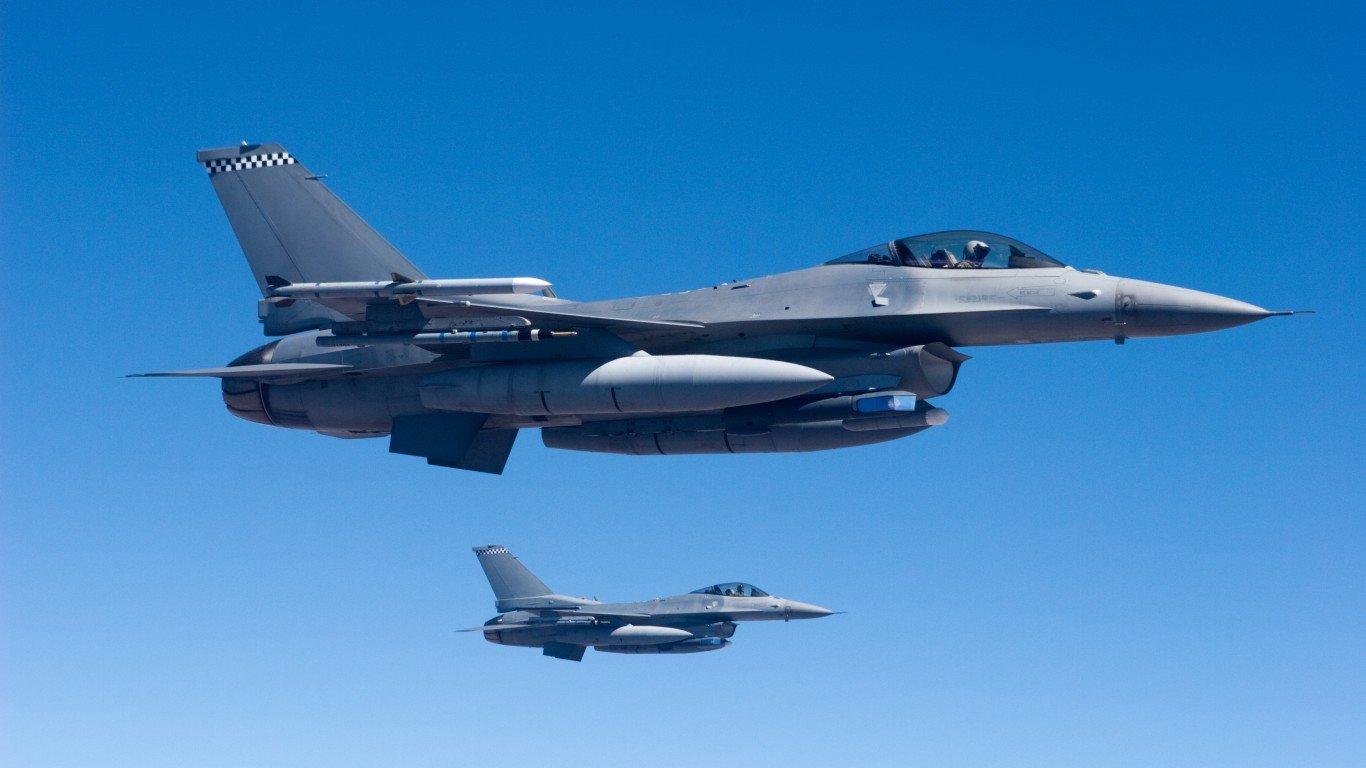
U.S. Air Force
> Typical duration of training: 8.5 weeks
Basic training for the Air Force takes place at Joint Base San Antonio Lackland in Texas
and lasts about eight and a half weeks. It is specifically designed to test mental, physical, and emotional limits and scrutinize personal morals and character. In the first two weeks, recruits undergo medical evaluations, learn basic procedures and protocols, and become oriented with life as an Airman. In the following three weeks, recruits are trained in weapons handling and maintenance, undergo marching drills, and review possible career paths.
The sixth week consists of mental preparation for combat, and progress checks on living area cleanliness, drills, and military skills. During week seven, aspiring Airmen are evaluated with physical fitness and written academic tests. In the eighth week, recruits face what is known as the BEAST, or basic expeditionary airman skills training, a strenuous process that includes field exercises, combat training, and refresher drills. Those who make it through enjoy a final week of celebration, to which family and friends are invited.
A typical day at Air Force boot camp starts with a wake up call at 4:45 a.m., followed by an hour of physical conditioning beginning at 5:00 a.m.
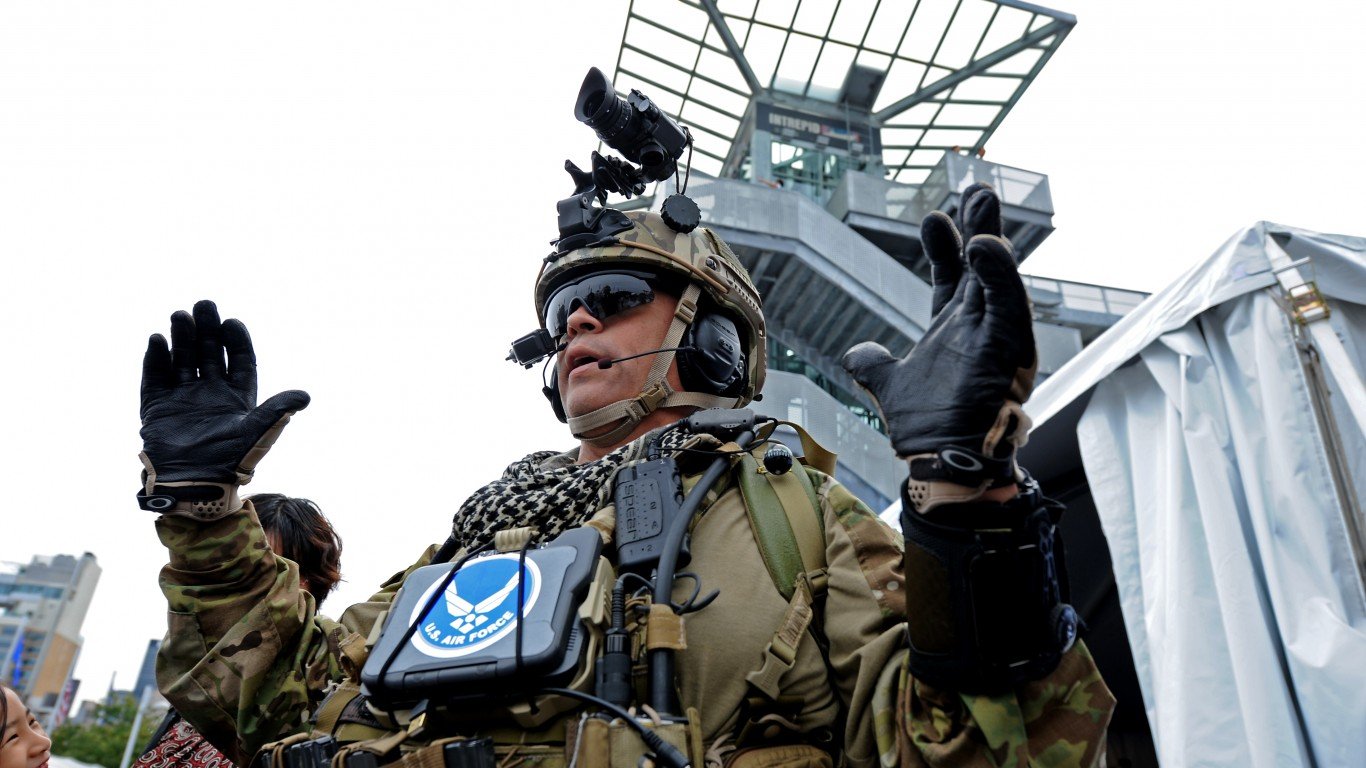
Combat Controllers (CCT)
> Service branch: U.S. Air Force
> Typical duration of training: 97 weeks
Combat Controllers are a division of the Special Tactics Airmen, a highly specialized, elite group in the Air Force. Combat Controllers, or CCTs, typically serve as a one-man attachment to special forces teams operating in remote and hostile areas, conducting air traffic control and providing a range of support roles. CCT training is an intensive 97-week process
Following basic Air Force training, CCT candidates spend 16 weeks at Lackland AFB, Texas, where they undergo a Special Warfare Preparatory Course, a Special Warfare Assessment and Selection Course, and a Special Warfare Pre-dive Course. These courses involve extensive and rigorous physical and mental training and weed out those who are unqualified.
Airmen then spend the next five weeks in Panama City, Florida, training extensively in combat diving and training in the use of airpower in any environment at any time. This is followed by three weeks in Fort Benning, Georgia, for airborne school, where they are instructed in parachuting and static line drops and are embedded with other special forces units. The next three week period is spent developing skydiving expertise in Yuma, Arizona or Jamul, California.
The following three week period is spent in Fairchild AFB, Wyoming, where they are taught skills in Survival, Evasion, Resistance, and Escape Training, or SERE, and then 11 weeks at Keesler AFB, Mississippi, where they become FAA certified as air traffic controllers. These skills are then applied to combat situations over an eight week period at Pope Army Airfield, North Carolina. The final six months of training are conducted in Hurlburt Field, Florida, where they receive comprehensive training in advanced weapons, demolition, and all-terrain vehicle operation.
[in-text-ad-2]
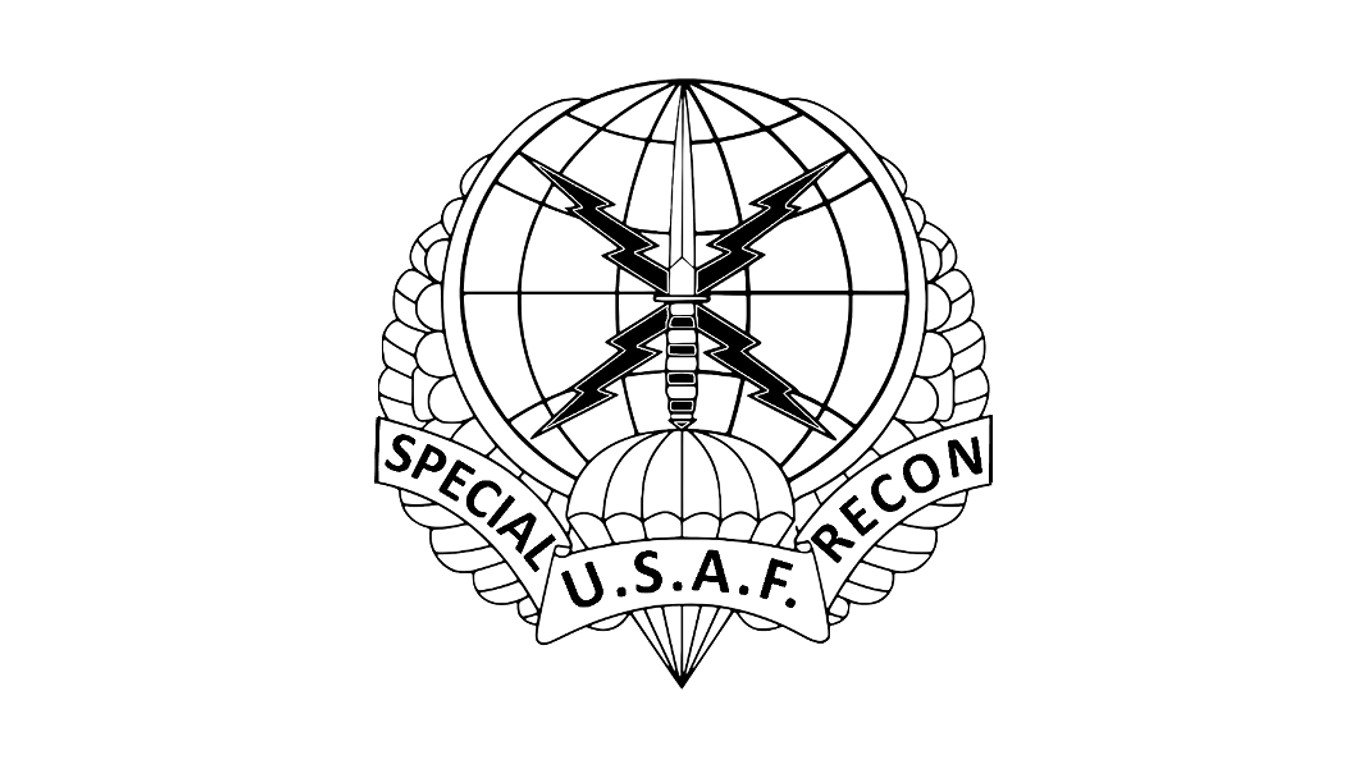
Special Reconnaissance (SR)
> Service branch: U.S. Air Force
> Typical duration of training: About 94 weeks
Those in the Air Force Special Reconnaissance, SR, are commandos trained to be deployed anywhere, undetected, to use lethal force and gather and distribute intelligence information, often in the middle of a war zone. Their training closely follows that of Combat Controllers, all the way through SERE training.
However, as CCTs move on from SERE training to receive air traffic control certification, SRs spend eight weeks in continued fitness training and development of reconnaissance skills, learning to collect all data that may affect a battle space. In the following eight weeks of training, aspiring SRs attend an apprentice course at Pope Army Airfield, North Carolina, where they learn to apply their training under high-pressure scenarios and develop combat skills.
Like CCTs, SRs spend their final six months of training in Hurlburt Field, Florida, where they receive comprehensive training in advanced weapons, demolition, and all-terrain vehicle operation.

U.S. Coast Guard
> Typical duration of training: 8 weeks
The Coast Guard is a unique branch of the military, in that it also carries out law enforcement tasks, protecting American waterways, ports, and shores. The Coast Guard takes direction from the U.S. Navy in wartime. Basic training for Coast Guard recruits is an eight week process that takes place in Cape May, New Jersey.
Recruits must demonstrate a base level of physical fitness, measured in timed runs, pushups, situps, swims, and treading water. Those who do not meet established fitness standards do not make it through week one. During week two and three, recruits are mentally and physically tested with workouts, drills, and team work exercises. Week four entails further physical tests, marksmanship training, as well as a midterm classroom examination.
Week five focuses on seamanship training, deck maintenance and knot tying and is followed by fire prevention training in week six. In week seven, recruits are expected to pass a final written and physical exam. Those who make it to week eight can expect to graduate and become a Coast Guardsman.
Sponsored: Attention Savvy Investors: Speak to 3 Financial Experts – FREE
Ever wanted an extra set of eyes on an investment you’re considering? Now you can speak with up to 3 financial experts in your area for FREE. By simply
clicking here you can begin to match with financial professionals who can help guide you through the financial decisions you’re making. And the best part? The first conversation with them is free.
Click here to match with up to 3 financial pros who would be excited to help you make financial decisions.
Thank you for reading! Have some feedback for us?
Contact the 24/7 Wall St. editorial team.
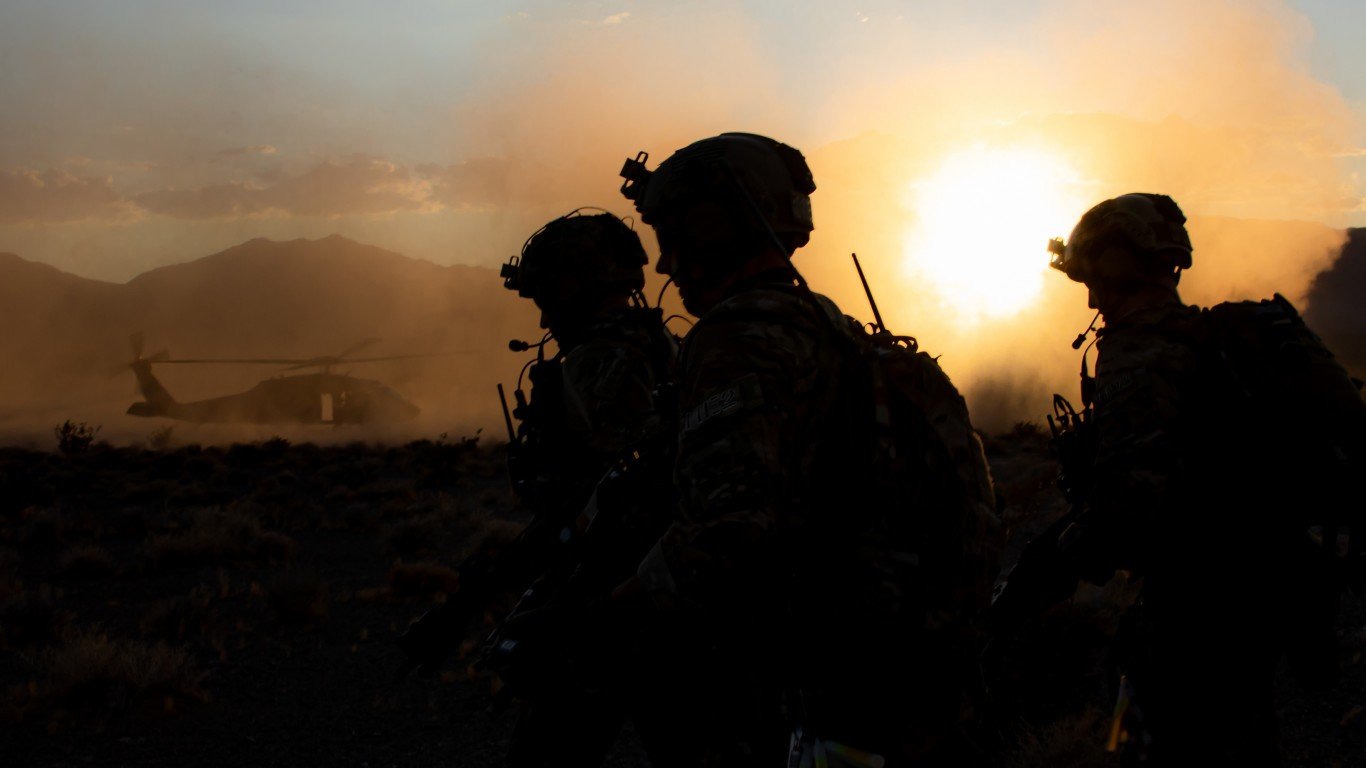
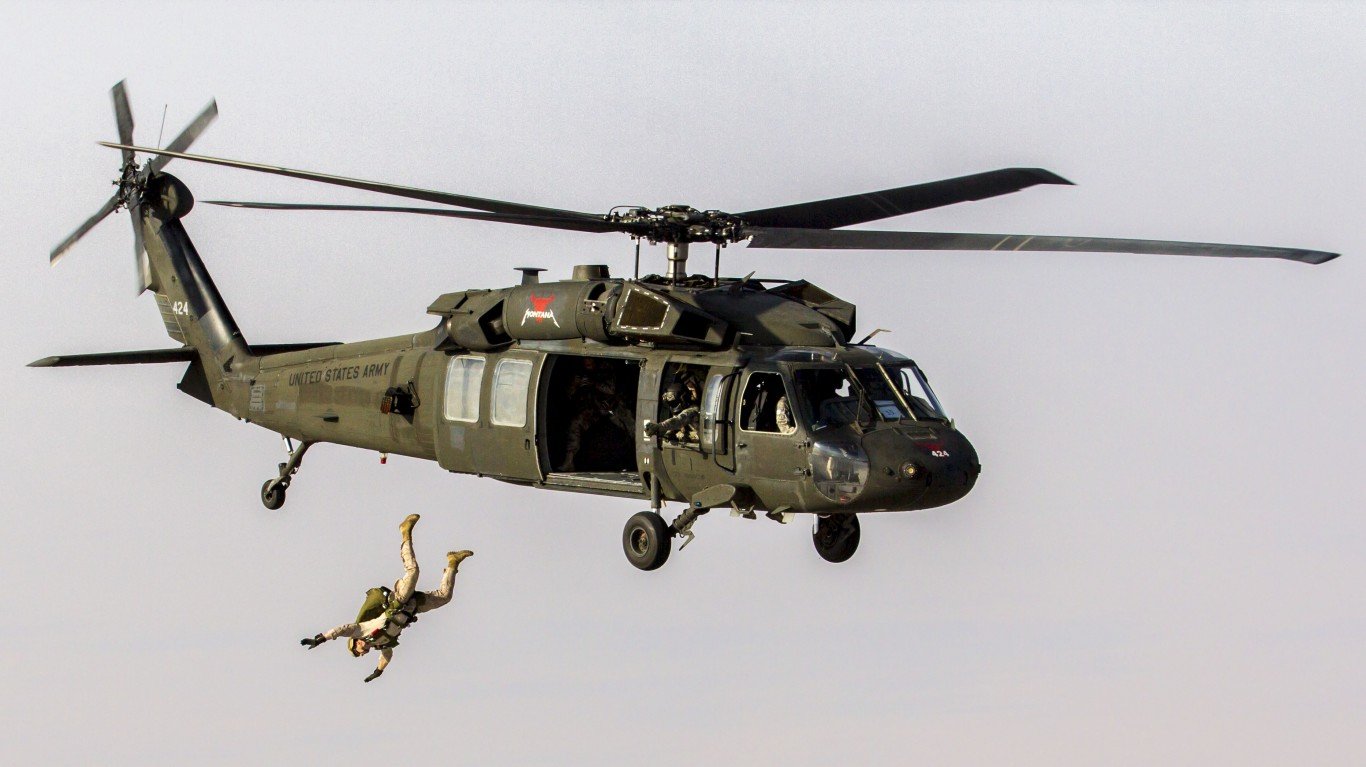
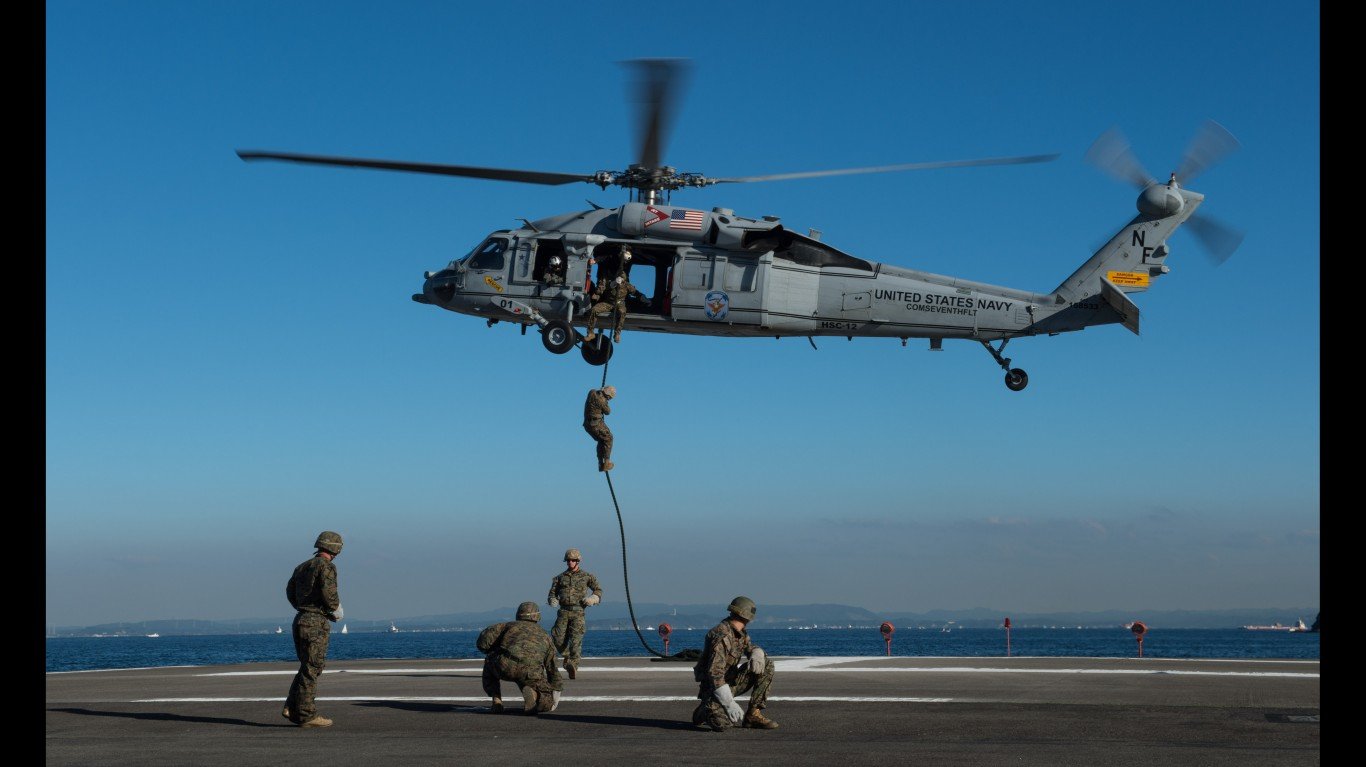
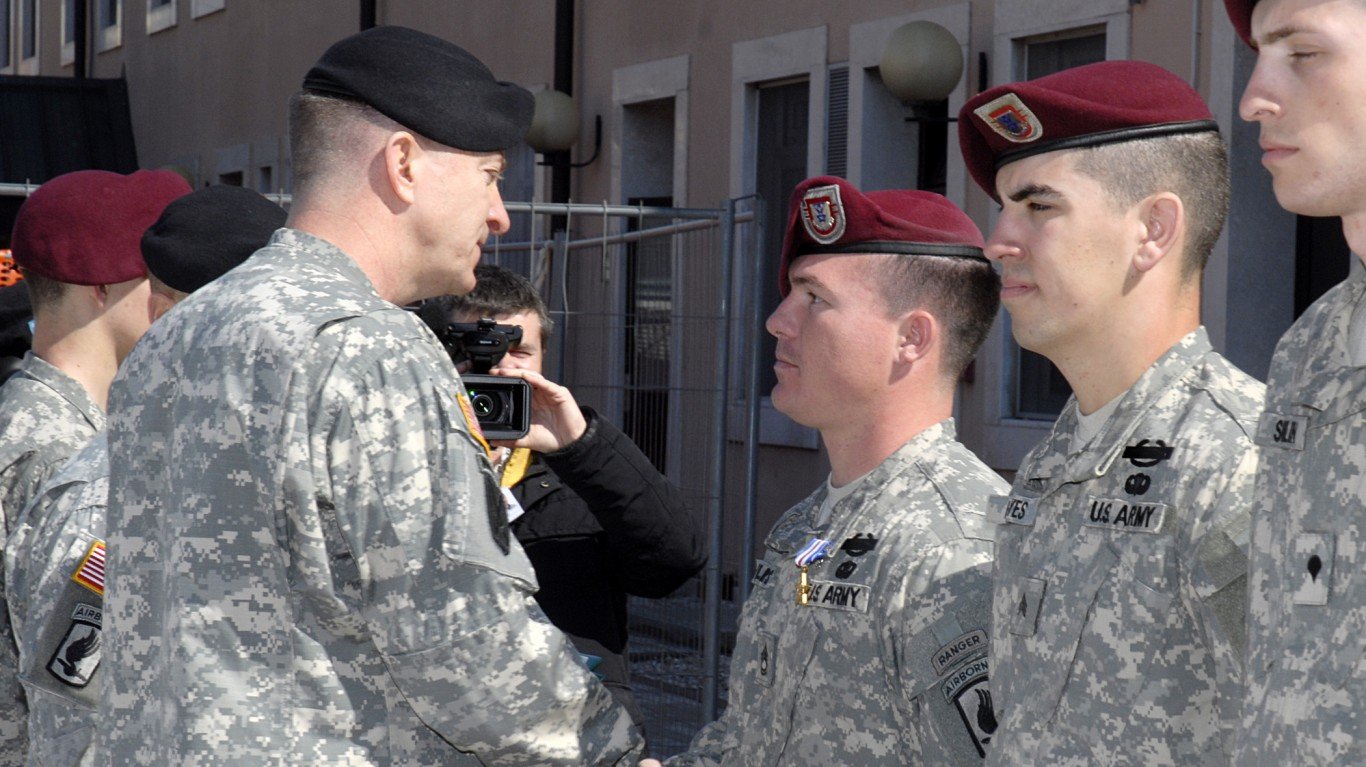 24/7 Wall St.
24/7 Wall St.


